Malnate
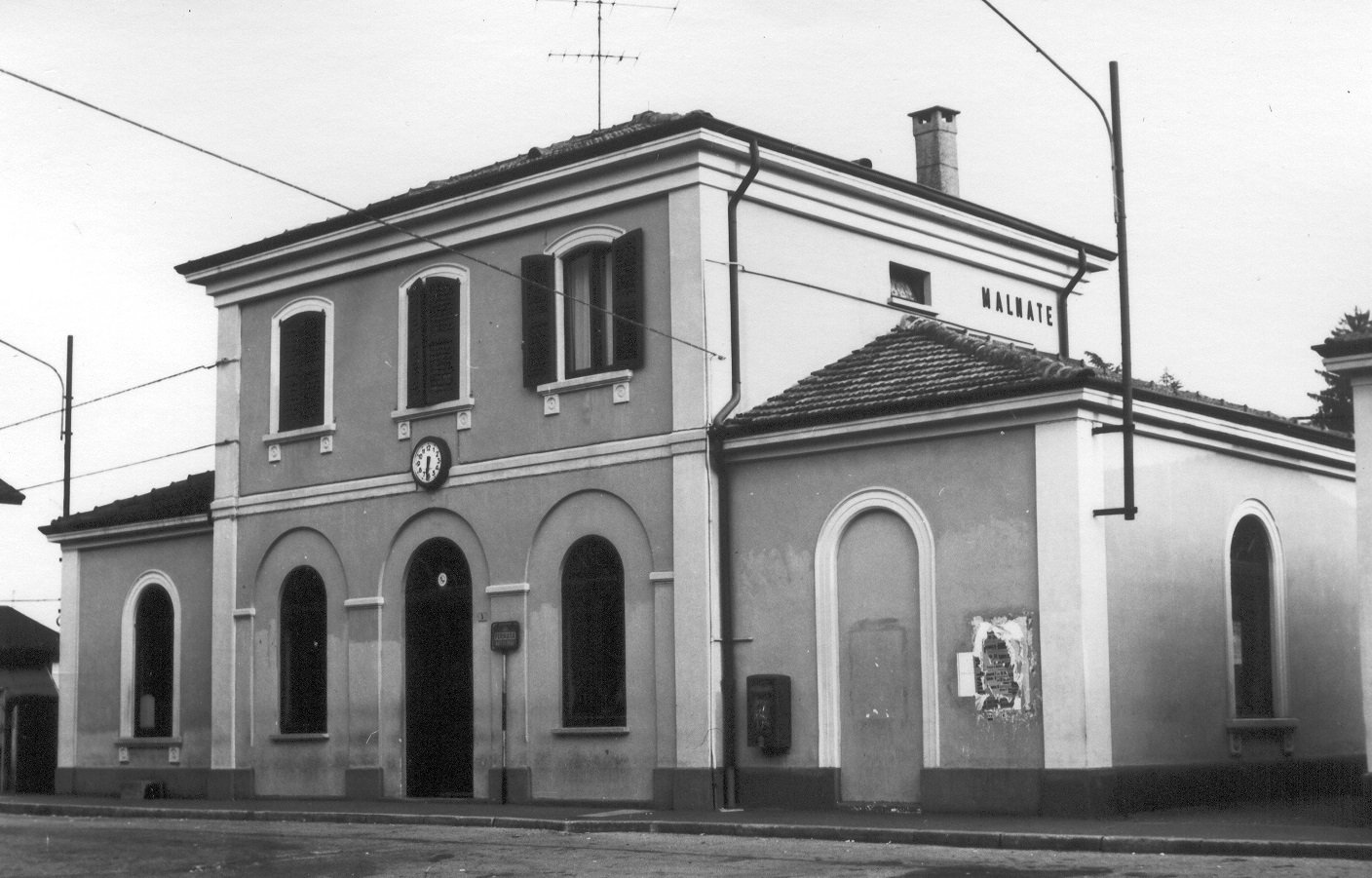
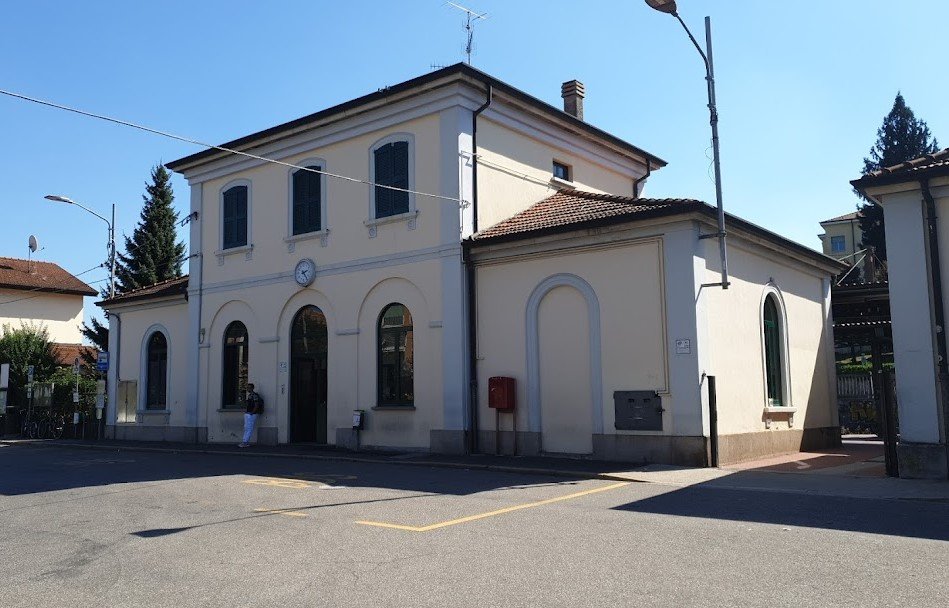
Railway transport played a key role in the development and history of Malnate: the town was served by four stations, Malnate (the branching point between the Saronno-Laveno line and the Varese-Como line), Binago-San Salvatore (on the Varese-Como line), Malnate Olona and Bizzozero-Gurone (on the international Valmorea line). This role was reduced following the closure of the Varese-Como line (with the dismantling of the Malnate-Grandate section) and the Valmorea line.
The town of Malnate, like Gurone, lies on the alluvial terraces of the left banks of the Lanza and Olona rivers, where the upper plain transitions into the hills. The water table is shallow, as demonstrated by the numerous springs throughout the area.
Although the characteristics of the valley floors of the Lanza and Olona rivers make them unsuitable for habitation, the presence of water favours the development of industries such as mills and fulling mills (which gave their name to these areas). Industrial development was naturally tied to the Olona river, which supplied water and power via the mills. The silk industry and paper manufacturers were the first to establish themselves along the river in the Folla area (folla derives from the word for fulling, a process in paper manufacturing). The renovation and expansion of some mills led to the first mechanical industries. Traces of these fragments of history are still visible in the Olona Valley today. During the 1900s, the most common industries were mechanical and clothing manufacture. The latter was the main source of employment for most workers: for many years Tessitura Braghenti, built in the town centre, was the town’s leading industrial activity, which allowed for significant growth. Another production activity, of which Malnate was Italy’s leading production area for many years, was the manufacture of grinding wheels at the Ermoli plant (still in operation), a continuation of the activity which was previously linked to the gritstone quarries. Major works continued to be carried out through the late 1800s, establishing Malnate as an important communication and transport hub: between 1883 and 1885 the imposing Ponte di Ferro (Iron Bridge) was built, which allowed trains to reach as far as Varese. It was replaced in 1928 by a new concrete bridge, whose importance is demonstrated by the fact that it takes pride of place on the municipal coat of arms.
Gallery
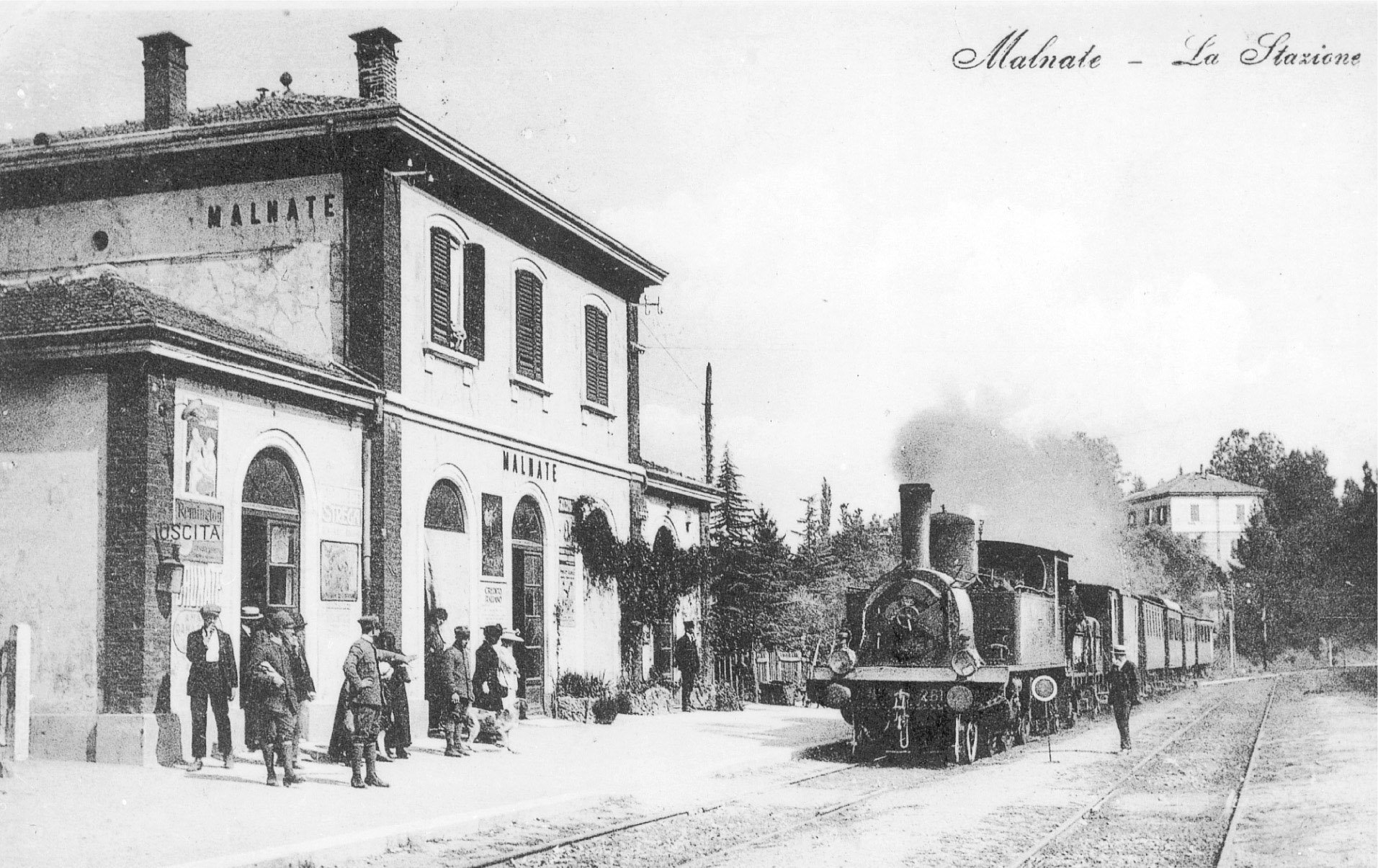
Malnate: the presence of soldiers suggests it was taken during World War I 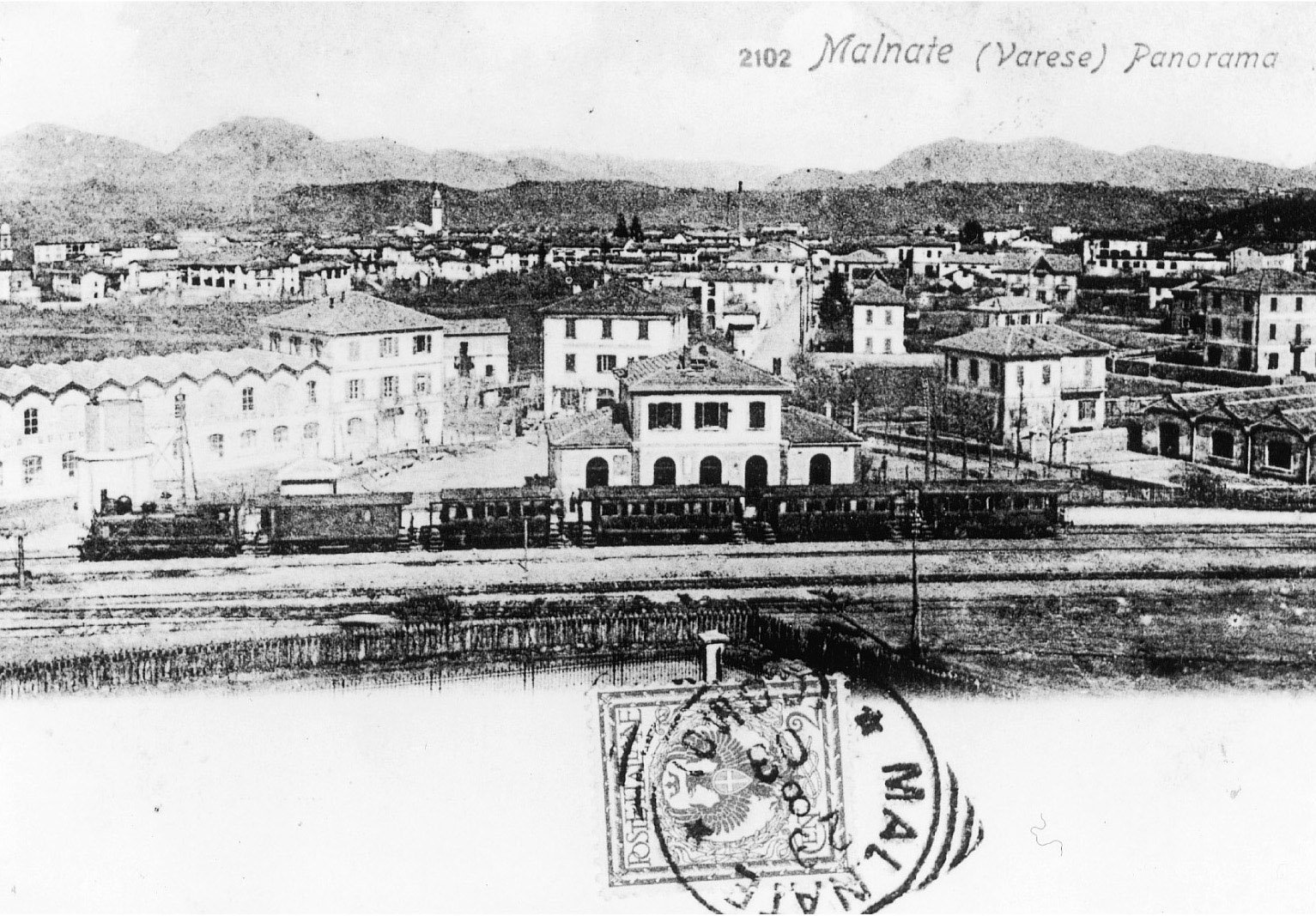
The station at Malnate in the early 1900s, with a train departing for Varese 
Everyone posing, on a postcard from the early 1900s 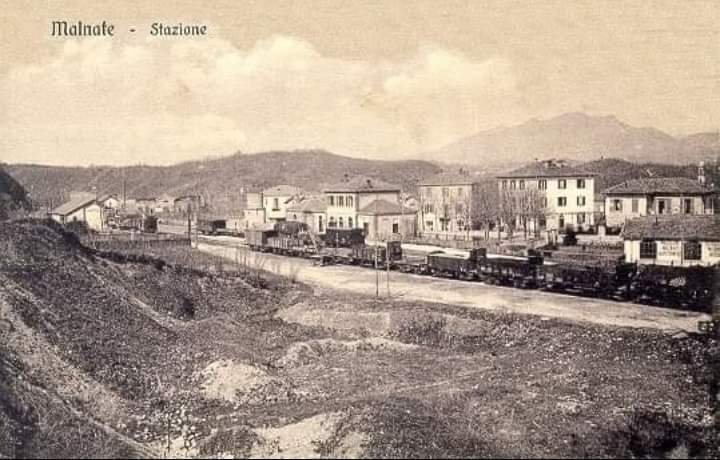
Malnate, station 
Malnate in the snow 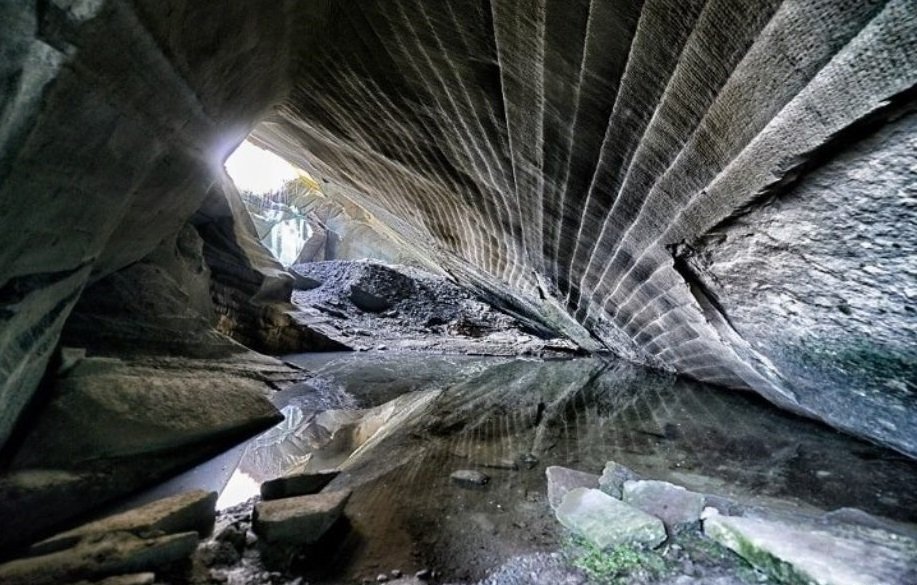
Parco Valle del Lanza, Cave di Molera and a section of the Valmorea route (2 km from the station): the Parco Valle del Lanza, created in 2002, is a intermunicipal protected area that extends around the valley of the Lanza river (also known as the Gaggiolo or Ranza), which originates on Monte San Giorgio in the Canton of Ticino and converges with the Olona in Malnate. The area features wetlands, meadows and forests, rural buildings, churches and culturally significant buildings, and the old gritstone caves. The route of the old Valmorea railway also passes through the park, offering a chance to rediscover a part of railway history by setting off from Malnate Olona station, underneath the Malnate bridge. 
“The Mulini di Gurone are located on the outskirts of the village of the same name, now encompassed by a circular embankment. There has been evidence of production activities along the Olona river since the 1200s, but the construction of mills in the area dates back to the 16th century. The water wheels allowed the grinding of grain and oil seeds, rice processing, and textile production. Initially the property of the Bizzozero family, the mills then passed to the Sonzini family, who operated them for almost 150 years. Around the mid-1800s, these activities experienced a slowdown, and the last mill ceased production in 1970. Some dates can be seen engraved on the remaining houses and buildings, probably rebuilt or extended from pre-existing ones. The wheels themselves are no longer present but some channels remain. Since 2010, the mill settlement has been protected from frequent flooding of the Olona by a dyke: the floodwater is channelled into a circular basin, transforming the Gurone mills into an island”.